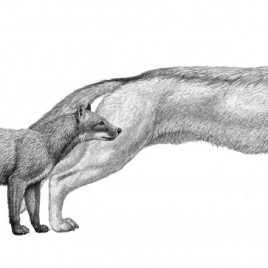Using computer simulations researchers have modeled the evolution of the gas giants in the Solar System, potentially providing an account for how the largest planets in our system formed.
The study shows that when small centimeter- to meter-sized “pebbles” slowly accumulate they form planetesimals which become the cores of gas giants. It was previously thought that these pebbles accumulated into bodies 100 – 1,000 km is size, however the simulations show this would have produced hundreds of Earth-mass planets.
The simulations show if the pebbles accumulate slowly enough to allow the planetesimals to gravitationally interact then only a few giant planet cores will form.
Original research paper published in Nature on August 19, 2015.
Names and affiliations of selected author


